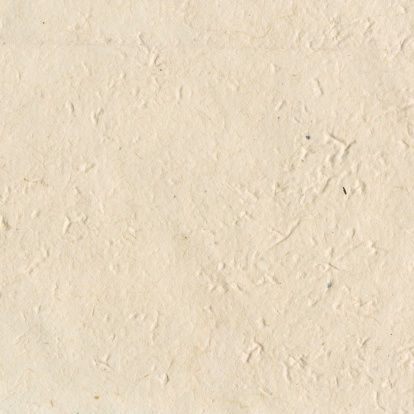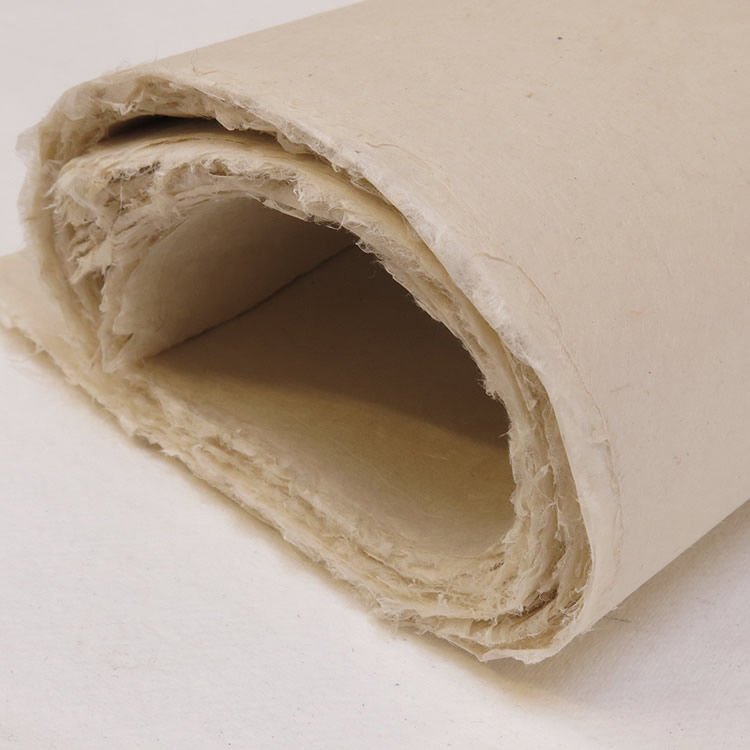Papers
- Crystal J Ann

- Aug 10, 2022
- 3 min read
Although I had previously decided to use shogi paper, I also came across a Himalayan paper, which is a kind of lokta paper. Himalayan paper is more translucent and still has a lot of fibrous rough texture on one side. It is not stark white but rather a creamier tone of white. I prefer to use the Himalayan paper, but it is much thinner than the shogi and feels much more delicate so I'm not sure how it'll hold up with the print processes. I am also planning on using news print for text prints and a third option.
Shogi Paper

It has a plain, even, flat surface and is great to print proofs and as an 'ideas' paper. It is also used for making screens, lamps and window coverings. When you hear the word 'shoji' (pronounced 'show-jee'), in modern Japan, shoji means wooden sliding doors with translucent paper on. These doors slide on wood tracks very smoothly and quietly, working as room dividers or window coverings.
The original concept of shoji was born in China, and was imported into Japan sometime between 7th to 8th centuries. The word 'shoji' indicates 'something to obstruct' in both Chinese and Japanese. At that time, it meant everything used as a room partition, including freestanding screen and fixed panel with paper or fabric on. So those freestanding shoji screens in the U.S. aren't too far off from the origin of 'shoji'. By the 12th century, shoji had evolved into something unique to Japan, the sliding doors lined with paper.
The Magic of Shoji Paper
The paper is translucent and is called 'shoji paper'. Sometimes people call it 'rice paper' (since it sounds 'oriental'?), but shoji paper really has nothing to do with rice.
Traditionally shoji paper was always 'washi' (literal translation is 'Japanese paper'), commonly made of these 3 kinds of materials, Japanese mulberry tree called 'Kozo', or shrubs called 'Mitsumata' and 'Ganpi'. The paper was scarce and valuable because it was all natural and hand-made until the manufacturing of shoji paper began in the late 1800s. The use of synthetic and chemical fibre started around the 1960s, making the paper very affordable.
What made shoji so great and popular, has a lot to do with what the shoji paper does. Because of its rough texture, this paper refracts and diffuses lights. The paper filters intense sunlight and throws a nice soft glow even on the hottest summer day. When privacy is needed, you can close doors without making the room too dark. Sound can be still heard, but all you can see from the other side is just a silhouette....
Himalayan Paper


Artists’ handmade papers are made from the bark of lokta or mitsumata, native plants from the Himalayan foothills. This is a renewable resource. Plants are cropped above ground level and can be harvested after 3-4 years. The papers are made using the Japanese nagashizuki method. All the Himalayan papers are vegan.
Artists’ handmade paper is made from the inner bark or bast fibre of lokta. Lokta is darker toned and has a harder surface than mitsumata. It is a native plant of the Himalayan foothills found above 3000 metres. Lokta is a sustainable and renewable resource. Plants are cropped above ground level and can be reharvested after 3-4 years. The papers are made using the traditional Nepalese floating mould method in which the pulp is poured onto the paper frame. The paper is sun-dried on the frame. Once produced, lokta paper can last for several millennia (ca. 2000–3500 years).







Comments